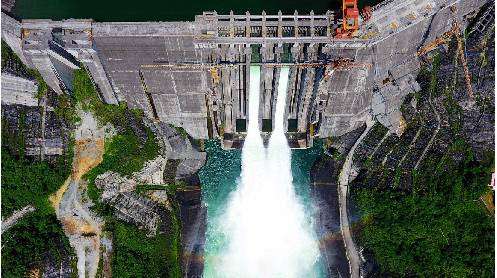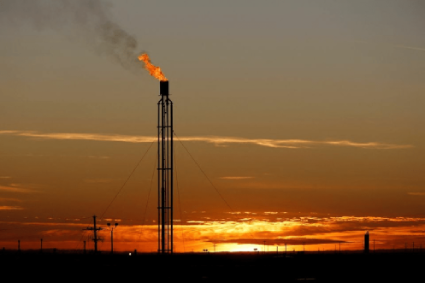Hydropower generation made a strong comeback in 2024, growing by 10% to reach 4,578 terawatt-hours (TWh), according to the newly launched 2025 World Hydropower Outlook by the International Hydropower Association (IHA). The surge marks a significant rebound after years of stagnation and reinforces the sector’s critical role in the global clean energy transition.
The report shows that global hydropower capacity increased by 24.6 gigawatts (GW) last year, including 16.2 GW from conventional hydropower and 8.4 GW from pumped storage hydropower (PSH). Total pumped storage capacity grew by 5% to 189 GW, underscoring its growing importance in stabilising grids with increasing shares of variable renewable energy.
The global hydropower development pipeline now exceeds 1,075 GW, with 600 GW of pumped storage and 475 GW of conventional projects.
China continued to lead the sector, adding 14.4 GW of new capacity in 2024, including 7.75 GW of pumped storage. Africa also achieved a milestone, commissioning 4.5 GW—more than the combined total of the previous three years. In Europe, hydropower generation hit a decade-high of 680 TWh, supported by strong rainfall and favourable policy developments, particularly for pumped storage.
Commenting on the findings, IHA President Malcolm Turnbull said the momentum was promising but required urgent policy reforms to sustain. “This year’s Outlook shows that global new capacity is accelerating. But markets alone won’t deliver what is needed. We must act boldly to reward hydropower’s multiple benefits and speed up permitting. The only resource we lack is time,” he said.
IHA CEO Eddie Rich added that pumped storage is now essential to maintaining power system flexibility. “As solar and wind continue to expand, pumped storage is playing a key role in grid stability. At the same time, many regions still rely on conventional hydropower to meet development and climate goals. We need to build energy systems that are not just clean, but resilient. Water, wind, and sun get the job done,” he stated.
The report calls for greater international cooperation and national policy support to unlock the full potential of hydropower and ensure it contributes effectively to net zero targets.
The full report is available at: www.hydropower.org/outlook







